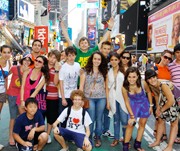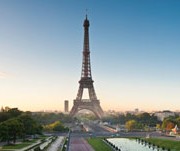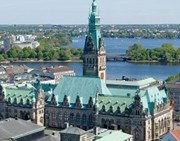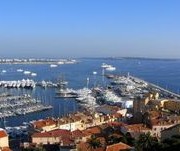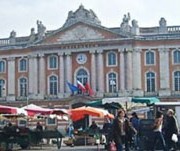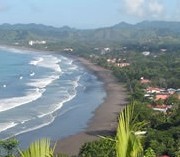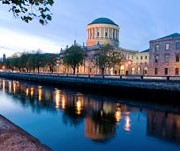Junior programs in the US
The long summer vacation offers a wonderful opportunity for teens to do something worthwhile, and there are few who wouldn’t relish the opportunity to spend a few weeks on East or West Coast USA. Thanks to Cactus’ summer camps in the US, a fun-packed yet educational trip to the bright lights of New York or the sunshine coast of California could be just the answer.
Geared towards students aged 12-18 years, these programs have been specially designed to combine full-immersion English language tuition with a variety of creative workshops and cultural activities – all with others of the same age and in a truly international environment.
Currently available in New York (Brooklyn), Harvard, Yale and Philadelphia (University of Pennsylvania / Penn), students can enjoy a secure and supervised environment in which to improve their English, take part in a range of fun activities and excursions, gain confidence inside and outside the classroom, and come back with friends for life.
Each setting, while delivering the same core benefits, offers something different for our younger learners. There is no denying the prestige and history of institutions like Yale, Harvard and Penn, all of which enjoy a global reputation for academic excellence. With ‘open town’ campuses and on-site residential accommodation, these locations are ideal for independent, mature learners. Students attending these camps also enjoy a superb choice of afternoon activities, ranging from the excellent ‘Skills for Life’ workshops and SAT Preparation sessions at Penn and Yale to an impressive list of sporting and social events at Harvard.
The set-up in Brooklyn differs in that it offers much more of a neighborhood, local feel. Classes take place in small groups in a small, private co-educational college and students are housed with safe and comfortable host families close to the school. But it’s the afternoon workshops that really encourage a community feel: all run by local Brooklyn-based providers, students here can try their hand at superb activities ranging from creative writing and drawing to tap dance and trapeze, to say nothing of numerous afternoon and evening excursions in which to practice the language in a relaxed environment and make friends. A nice touch to then round off the week is Friday assembly, in which students get together to perform and exhibit their work to each other, be this in the form of role plays, language learning games or art work.
It’s clear to see that a summer camp is way more than just sitting at a desk learning verbs; it is a unique chance for teenagers to learn, socialise and try their hand at a whole range of fun activities and useful skills – invariably returning refreshed and inspired, with a long list of new friends to visit in far flung places!
Junior Locations in the US – At a Glance
• Junior summer course with host family, 14-18 years
• Also available as a day camp only
• College located in the heart of Brooklyn & all host families local
• 15 English lessons x 45 mins each week (class size 10 max)
• Homely, neighborhood feel with excellent creative workshops run by local providers
• Junior summer residential course, 14-17 years
• Single or twin rooms with shared bathroom
• Campus 2 km from downtown Boston and walking distance to Cambridge
• 20 English lessons x 50 mins each week (class size 15 max)
• Minimum 11 activities per week, including 2 half days and 1 full-day excursion
• Junior summer residential course, 13-17 years
• Campus 10 minutes’ walk from downtown New Haven
• Single or twin rooms with shared bathroom
• 20 English lessons x 50 mins each week (class size 15 max)
• Students can choose between 5 ‘Skills for Life’ workshops or 5 SAT Preparation sessions
• Ideal for more ambitious, mature learners
• Junior summer residential course, 12-17 years
• Campus 20 minutes by trolley or bus from midtown Philadelphia
• Single or twin rooms with shared bathroom
• 20 English lessons x 50 mins each week (class size 15 max)
• Students can choose between 5 ‘Skills for Life’ workshops or 5 SAT Preparation sessions
• Ideal for more ambitious, mature learners
Cactus specialises in organising language courses for individuals and groups, having done so since 1999 for clients all over the globe and for diverse needs and budgets. Our expertise in the field of face-to-face tuition is second-to-none. With an extensive network of approved teachers and a strong in-house academic team, we are able to tailor a language course to suit your specific learning needs, anywhere in the world and whenever is convenient to you.
We offer language courses for Under 18s in many languages and locations across the world.

